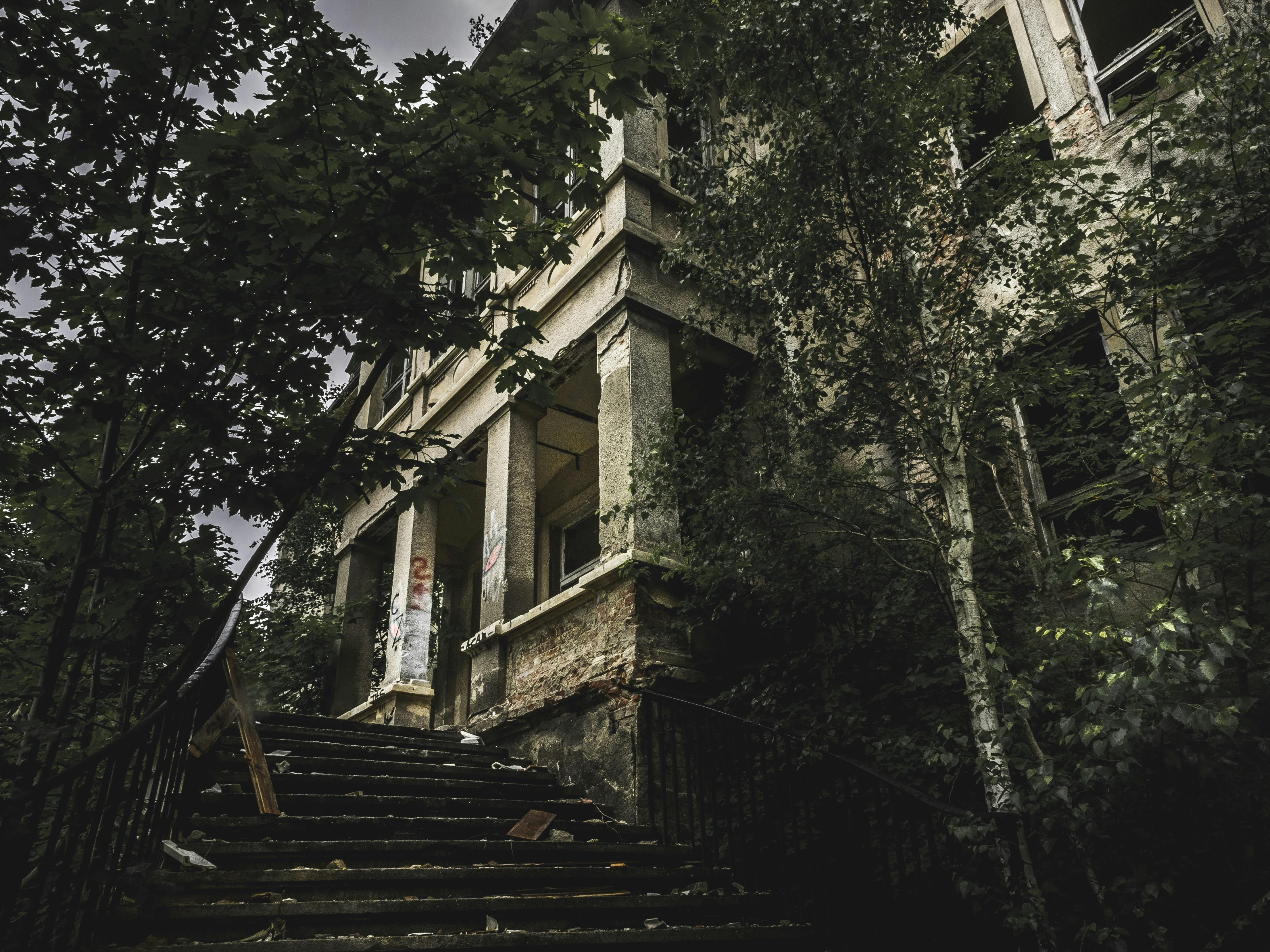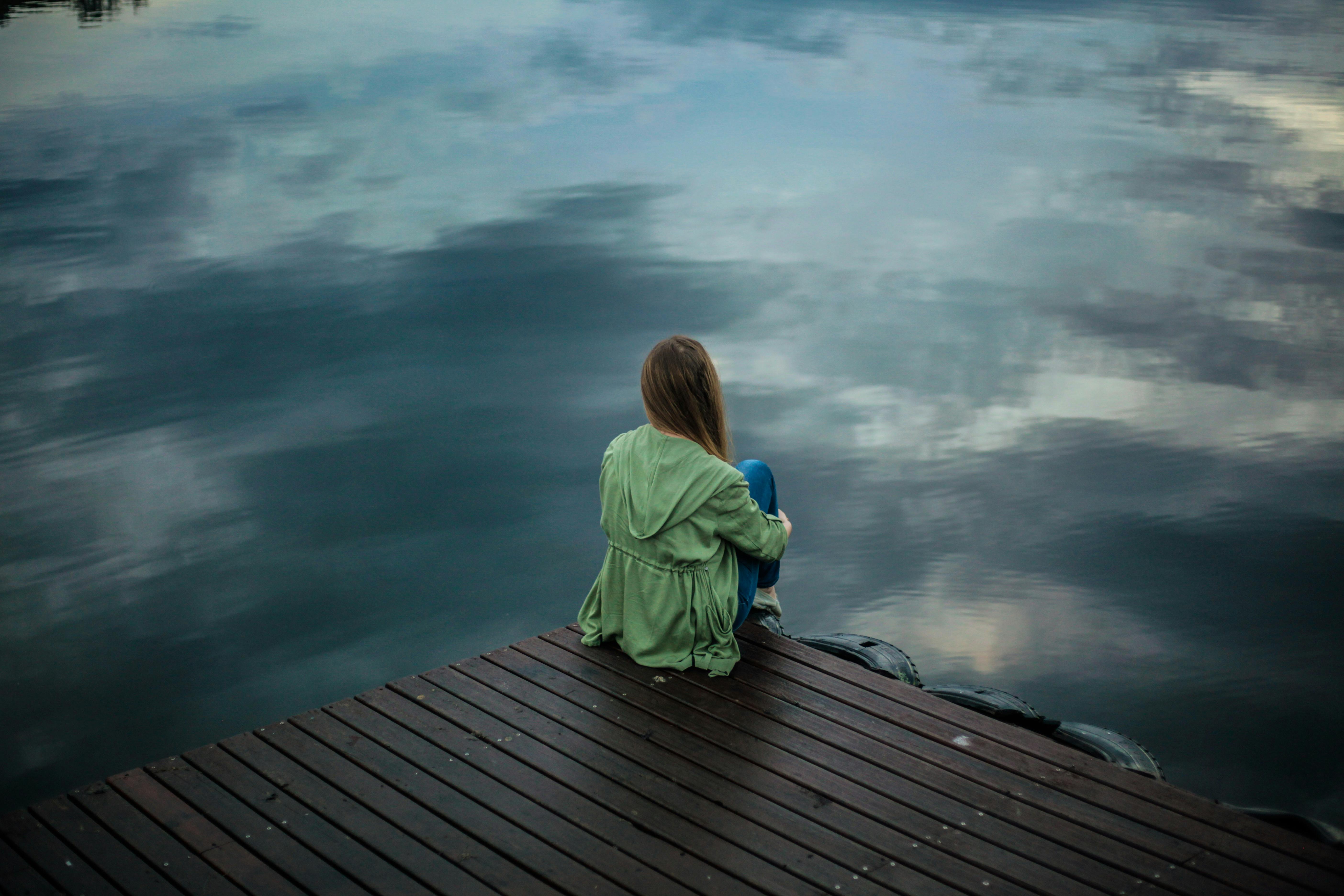Unveiling the Unseen: The Thriving Trend of Dark Tourism
Dark tourism, the act of visiting locations associated with death and tragedy, is a travel trend that has steadily gained momentum in recent years. From war memorials to disaster sites, these grim attractions offer a reflective experience unlike any other. This article delves into the phenomenon of dark tourism, discussing its origins, implications, and why it's becoming a popular choice for modern travelers.

A Glimpse into the Past: The History of Dark Tourism
Dark tourism is far from a new concept. Individuals have been drawn to sites of death and disaster for centuries, with historical accounts dating back to the Roman times when crowds would gather to witness gladiatorial combats. However, the term “dark tourism” was first coined in the late 1990s by scholars Lennon and Foley, who used it to describe the growing interest in visiting sites associated with death and suffering.
The Contemporary Appeal: Understanding the Rise of Dark Tourism
Modern dark tourism is driven by various factors. For some, it’s an opportunity to confront mortality in a safe and controlled environment. For others, it offers a chance to gain firsthand knowledge and understanding of historical events. Furthermore, with the rise of social media, visiting these sites can provide a unique and thought-provoking content that captivates followers.
The Drawbacks and Benefits: Evaluating the Impact of Dark Tourism
While dark tourism is undoubtedly a compelling travel trend, it has its share of criticism. Detractors argue that it can risk trivializing serious events and exploit local communities. However, proponents of dark tourism highlight its educational value. They believe that it can stimulate reflection and discussion about historical events, promoting awareness and preventing history from repeating itself.
The Dark Tourist: Profiles and Preferences
Dark tourists are a diverse group, with different motivations and interests. Some are history buffs keen to deepen their understanding of significant events. Others are thrill-seekers drawn to the macabre. Regardless of their motivations, dark tourists are united by a desire to experience something beyond the conventional tourist attractions.
Unexpected Insights: Surprising Finds in Dark Tourism
Dark tourism isn’t just about the locations visited—it’s also about the unexpected insights that emerge from these experiences. Whether it’s a newfound appreciation for life, a deeper understanding of history, or a shift in perspective, dark tourism can lead to profound personal transformations.
Intriguing Aspects of Dark Tourism
- Certain destinations, such as the Chernobyl Exclusion Zone, have seen a surge in visitors following popular media depictions.
- Dark tourism has inspired a new sub-genre of literature and documentaries, exploring the motivations and experiences of these unconventional voyagers.
- The ethical implications of dark tourism are hotly debated, with discussions focusing on respect, voyeurism, and the potential for exploitation.
In conclusion, dark tourism is a complex and fascinating travel trend. It challenges traditional notions of tourism, offering a stark contrast to sun-soaked beaches and picturesque landscapes. Despite its controversial nature, dark tourism continues to thrive, providing a sobering, educational, and oftentimes, transformative experience. As with any form of tourism, respect for local customs and sensitivity to the historical context are paramount. After all, these sites are more than mere attractions—they are reminders of our collective history, filled with lessons that resonate to this day.




